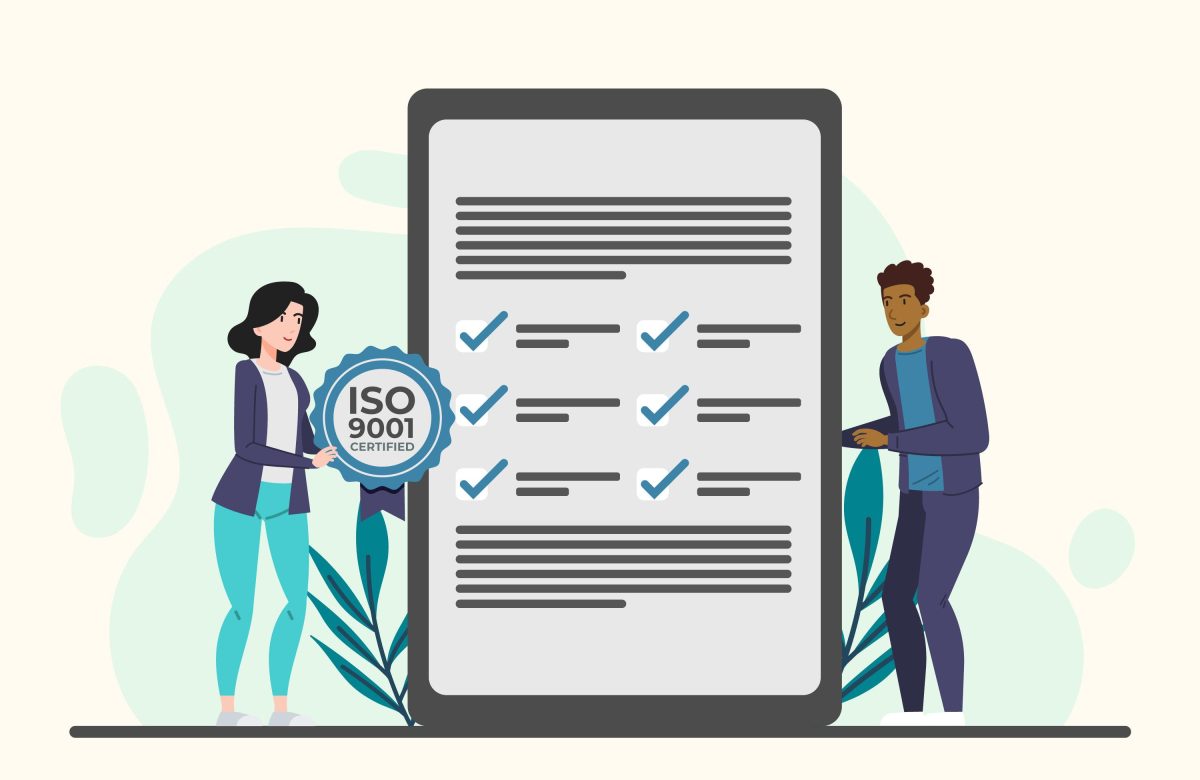How to build a successful employee engagement strategy

In today’s competitive business landscape, organizations are realizing that employee engagement is more than just a buzzword – it’s a critical factor that directly impacts productivity, innovation, and overall success. A well-crafted employee engagement strategy goes beyond superficial perks and focuses on creating a work environment where employees are motivated, empowered, and committed to the organization’s goals. In this blog, we’ll delve into the key steps to building a successful employee engagement strategy that fosters a thriving workplace culture.
Understanding Employee Engagement
Employee engagement refers to the emotional commitment an employee has toward their organization. Engaged employees are enthusiastic about their work, feel a sense of purpose, and are willing to go the extra mile to contribute to the company’s success. They are more likely to stay with the organization, deliver high-quality work, and actively participate in driving innovation.
1. Assessment and Analysis
Before crafting an engagement strategy, it’s crucial to understand the current state of employee engagement within your organization. Conduct surveys, focus groups, and one-on-one interviews to gather insights into employee perceptions, pain points, and areas for improvement. This data-driven approach will help you identify the specific challenges your organization faces and tailor your strategy accordingly.
2. Define Clear Organizational Goals
An effective employee engagement strategy aligns with the broader organizational goals. Clearly define what you want to achieve through employee engagement – whether it’s improved productivity, reduced turnover, enhanced innovation, or all of the above. When employees see a direct connection between their efforts and the company’s success, they are more likely to engage wholeheartedly.
3. Leadership Commitment and Communication
Leadership buy-in is pivotal for the success of any employee engagement initiative. Leaders should not only endorse the strategy but actively participate in its implementation. Transparent communication from top leadership about the strategy’s objectives, benefits, and progress fosters trust and demonstrates a genuine commitment to employee well-being.
4. Empowerment and Autonomy
Empowered employees are engaged employees. Give your employees the autonomy to make decisions and contribute ideas. When employees feel that their opinions are valued and their contributions matter, they are more likely to invest their time and energy in the organization.
5. Recognition and Rewards
Recognition is a powerful tool for boosting employee morale and engagement. Implement a recognition program that acknowledges and celebrates employees’ achievements, both big and small. This can be in the form of public shout-outs, awards, or even financial incentives. Remember that recognition should be timely, specific, and sincere.
6. Professional Growth and Development
Investing in employee development not only enhances their skills but also signals that the organization is invested in their long-term success. Offer training, workshops, mentorship programs, and opportunities for advancement. When employees see a path for growth within the organization, they are more likely to stay engaged and committed.
7. Work-Life Balance and Well-being
A healthy work-life balance is crucial for preventing burnout and maintaining high levels of engagement. Encourage employees to take breaks, use their vacation days, and promote flexible work arrangements when possible. Additionally, prioritize employee well-being by offering wellness programs, mental health resources, and a supportive work environment.
8. Feedback and Continuous Improvement
Engagement strategies shouldn’t remain stagnant. Regularly gather feedback from employees on the effectiveness of the initiatives and make necessary adjustments. Creating a culture of continuous improvement shows that the organization is responsive to employee needs and invested in creating a positive work environment.
9. Team Building and Collaboration
Foster a sense of community within your organization by promoting teamwork and collaboration. Team-building activities, cross-functional projects, and open communication channels encourage employees to build relationships, share ideas, and work together towards common goals.
10. Measurement and Analytics
Lastly, it’s essential to measure the impact of your engagement strategy to ensure it’s achieving its intended outcomes. Utilize key performance indicators (KPIs) such as employee satisfaction scores, turnover rates, and productivity metrics to track progress. These insights will guide you in refining and optimizing your strategy over time.
Conclusion
A successful employee engagement strategy is not a one-size-fits-all approach; rather, it’s a tailored plan that reflects the unique needs and aspirations of your organization and its workforce. By assessing the current state of engagement, setting clear goals, involving leadership, empowering employees, offering recognition, promoting growth, prioritizing well-being, seeking feedback, fostering collaboration, and measuring results, you can create a thriving workplace culture where employees are motivated, loyal, and dedicated to the organization’s success. Remember, an engaged workforce isn’t just an asset – it’s a competitive advantage that propels your organization forward.




